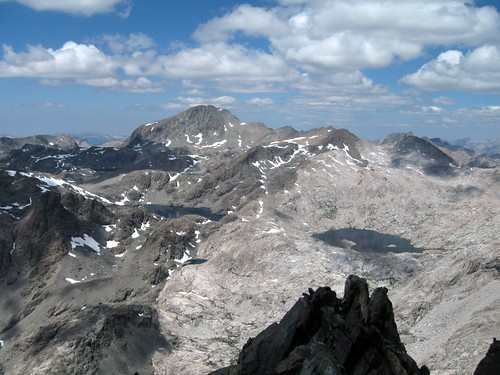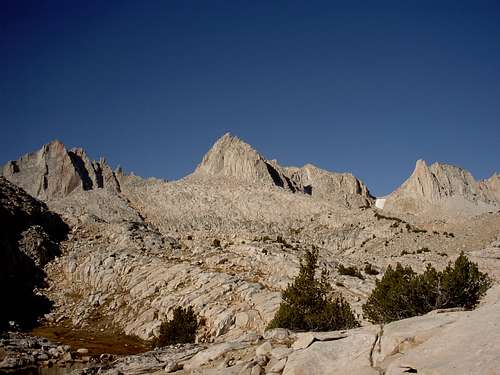Well, yes to the guidebooks. No to the fact that more people are going to the outdoors. The fact of the matter is that far fewer are going to the outdoors even though we have a higher population than ever. National Parks have seen HUGE drops in numbers of people. Anywhere from 0 to 50% and the average nation wide is around 20%.
Guidebooks have simply spread the number of people out some. Most places that used to be BURIED on weekends here in WA st. don't have as many as they used to, but the back country average has improoved due to said guidebooks. Go anywhere the guidebooks don't mention and you won't see a soul.
Check out Snow Lake Statistics. Average used to be higher. Now people have spread out throughout the I-90 and US 2 corridor to a greater extent and the total # of hikers is slightly lower.
Sorry, can't find the article posted on the snoqualamie mt. baker national forest service website anymore detailing this fact. Does anyone else remember reading this article and can find the link? Bah, hate it when I misplace a good article to argue with. Makes a rather hollow arguement without the data to back it up... argg.
Yea, yea I know this is a CA site, but the above is still applicable. Maybe in CA the #'s have increased, don't know since I don't live there, but here in WA St. they have gone down even though we have seen a dramatic rise in population.
30-40% fewer folks have been going up Ranier for example in the last 5-10 years.
40-50% fewer have been going to North Cascades National Park. Olympic National Park has remained about the same though.
Brian
MoapaPk wrote:Dougb wrote:
As far as favorite places go, once the internet was invented, forget it. There's always gonna be someone who will blab about it, and then the fire-making, trash leaving, shampoo-hair-in-the-lake crowd will follow. The last time I was almost back from my favorite place, I met a group heading in for it. Someone devoted a whole chapter of his guidebook to it (my favorite place).
I'm pretty sure this crush of visitation happened well before the internet. Increased use coincided with more people getting interested in the outdoors, and more people having disposable time and money, and more guidebooks.
Many times I've seen favorite, relatively unknown places experience a boom in visitation, after a guidebook was written. In the Adirondacks, Peaked Mountain had no real trail till a guidebook disclosed the area in the late 70s; in New Mexico, Tent Rocks was little-visited till the "Hikes near Santa Fe" guide appeared in the 80s.
It's the way of the world.



